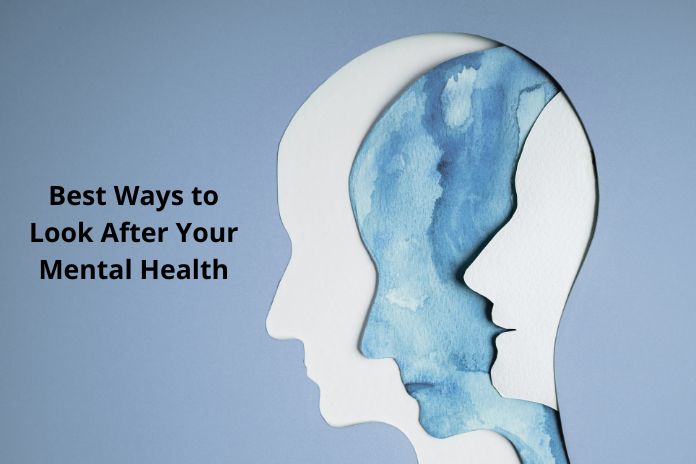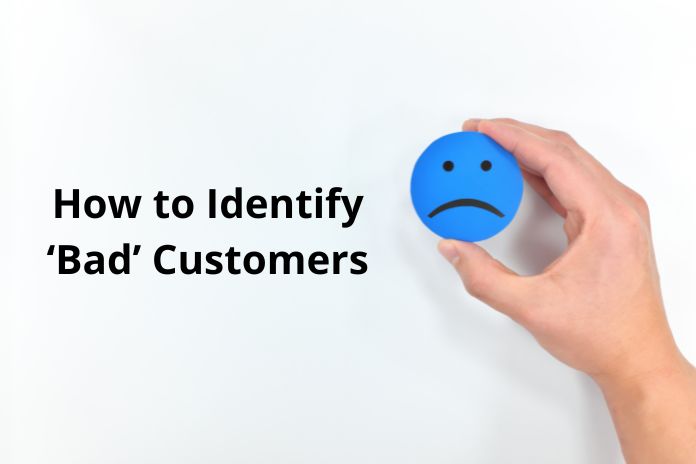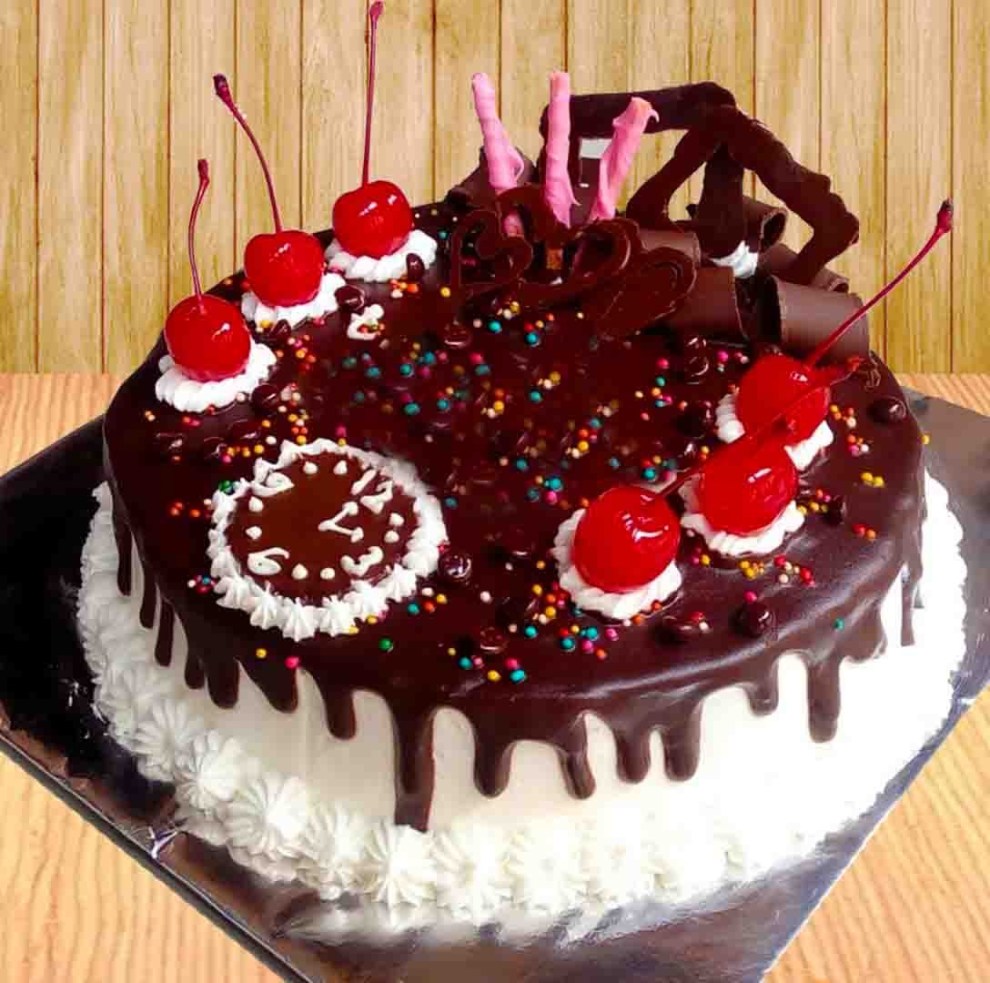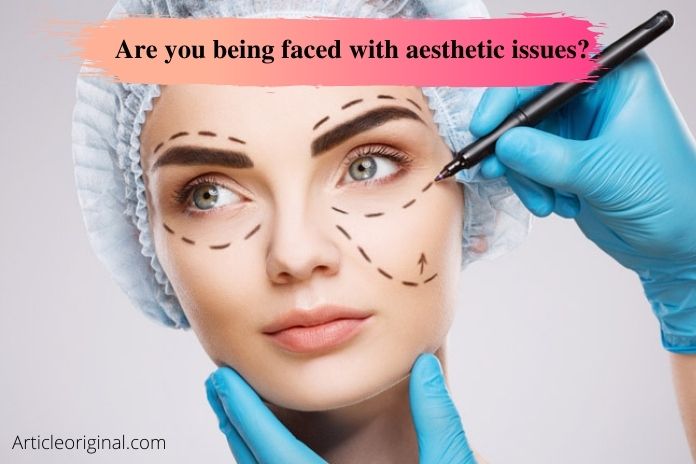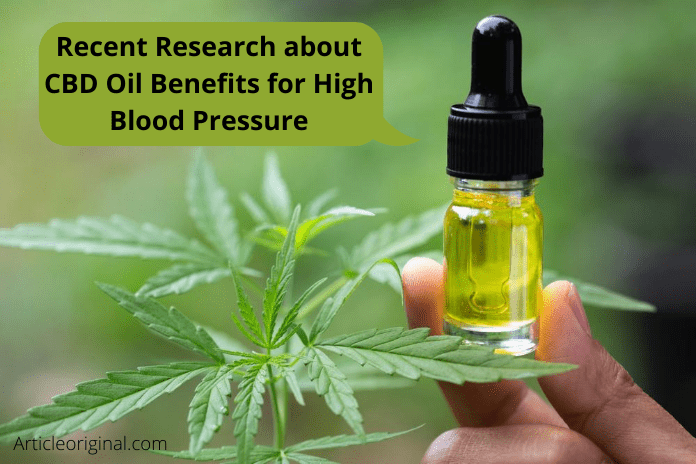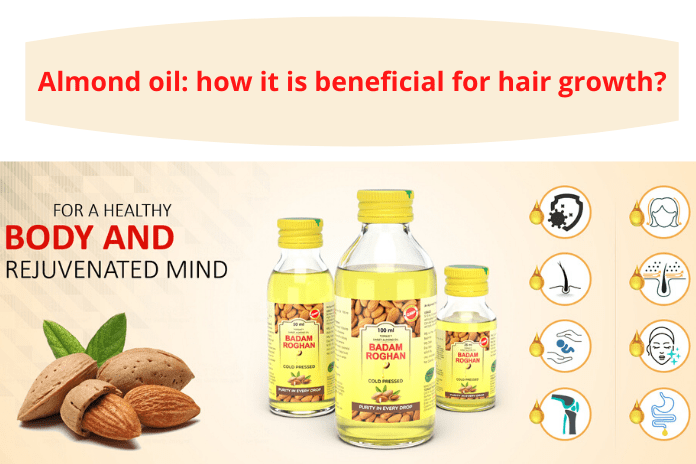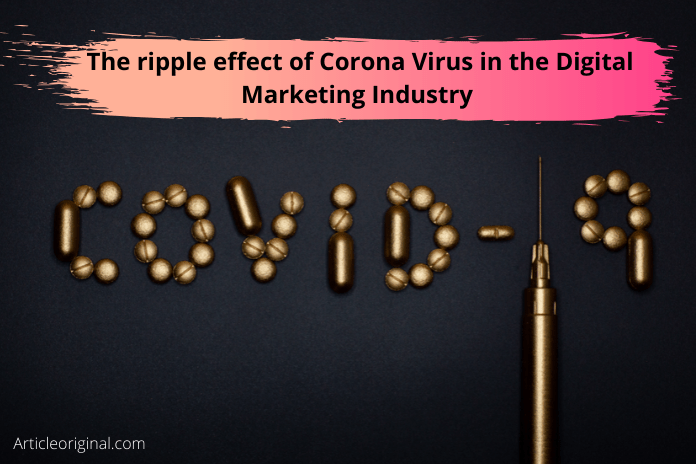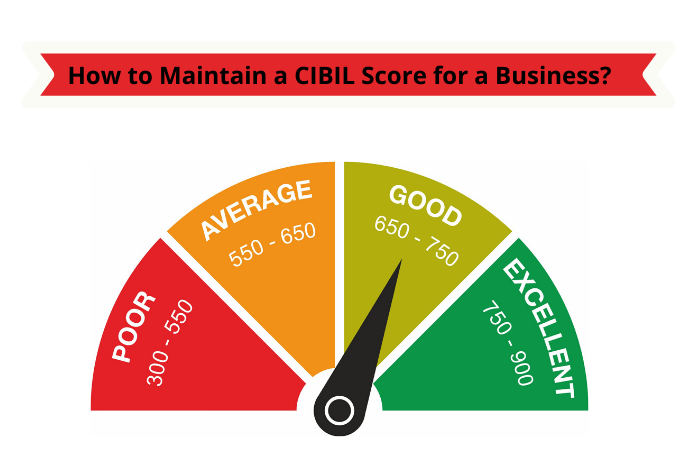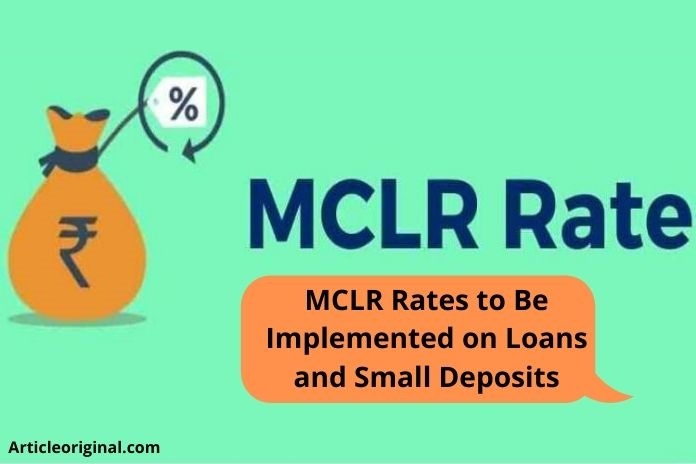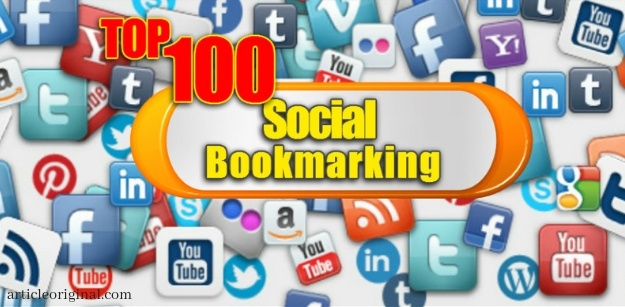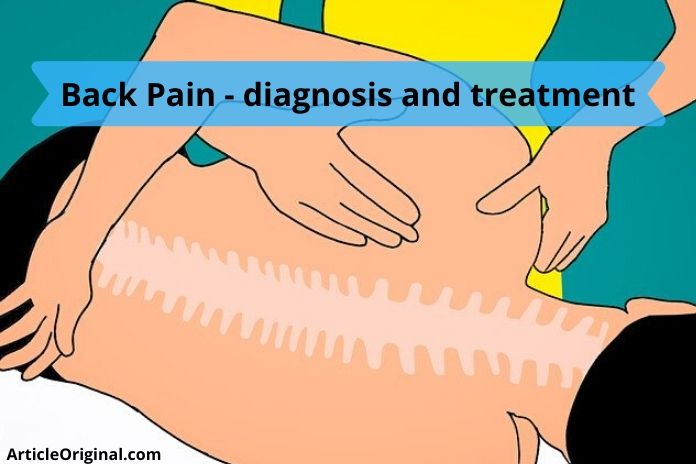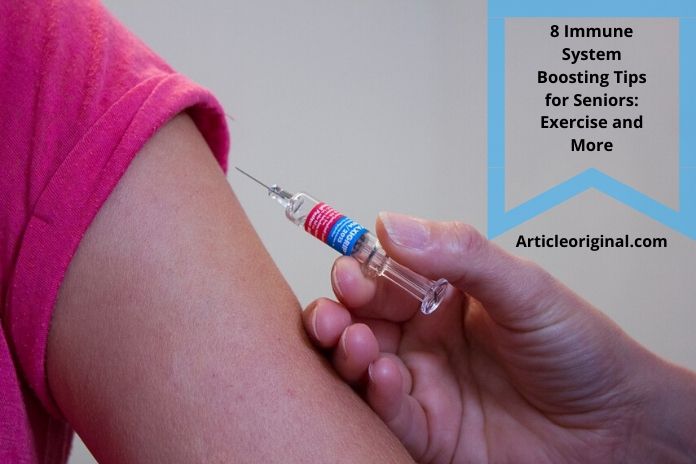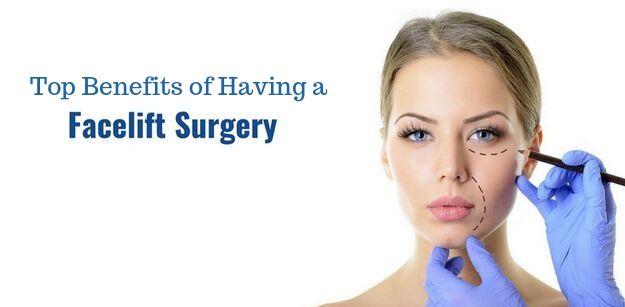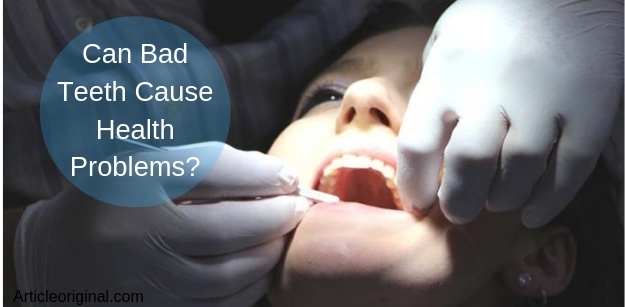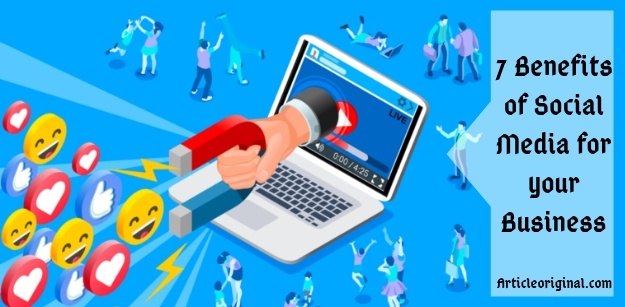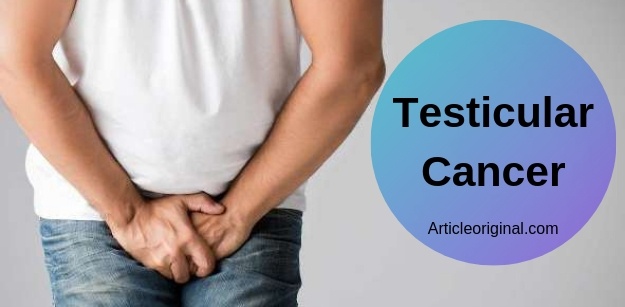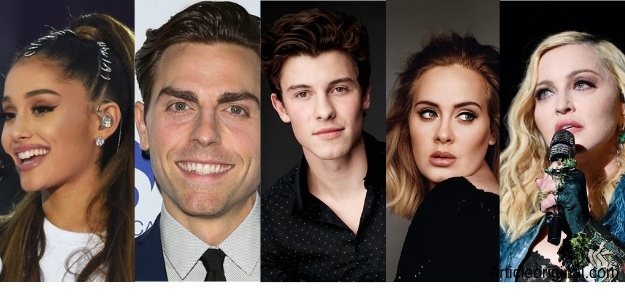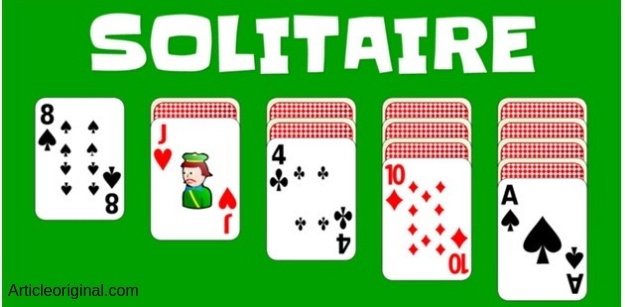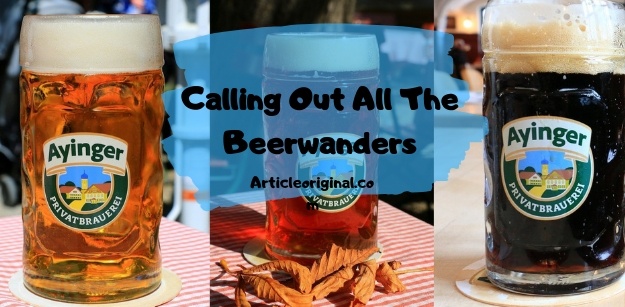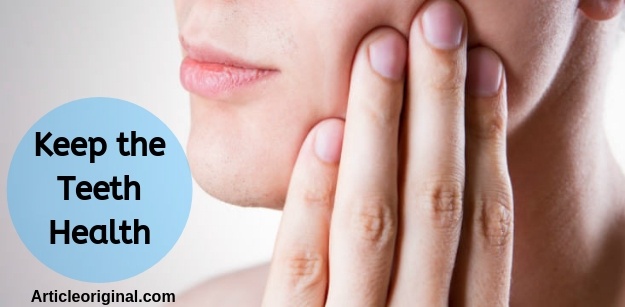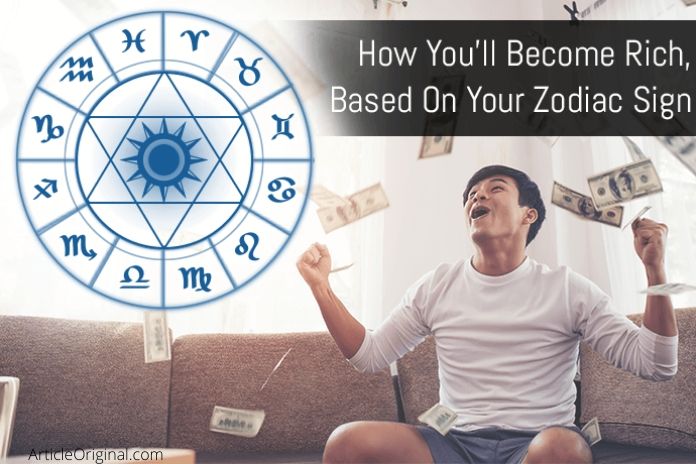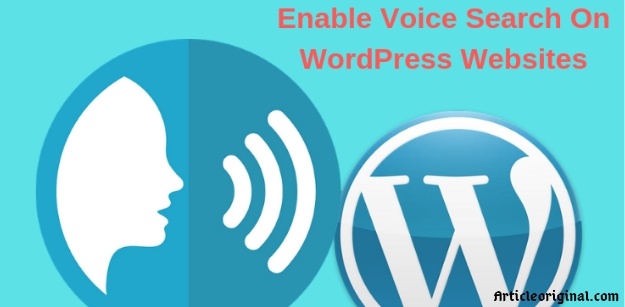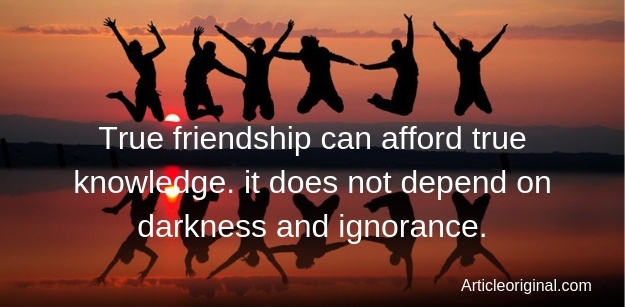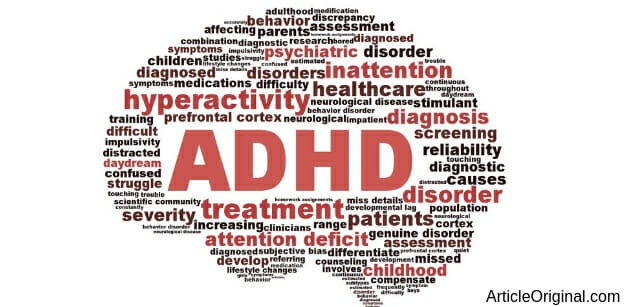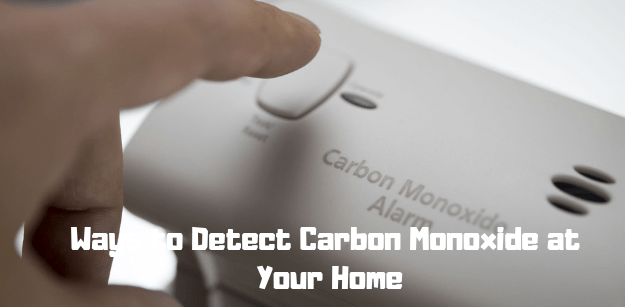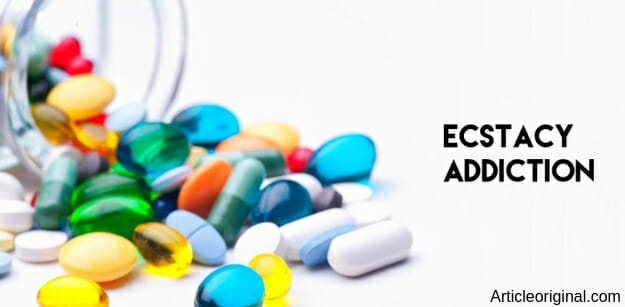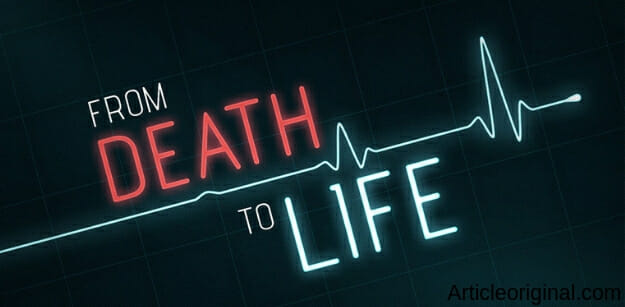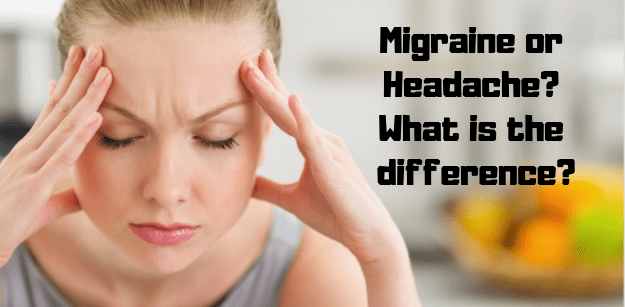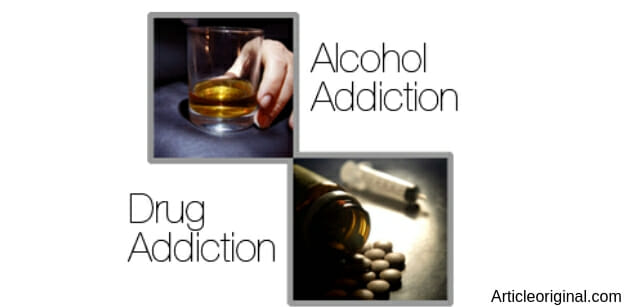The Trend of Substance Abuse in the Entertainment Industry
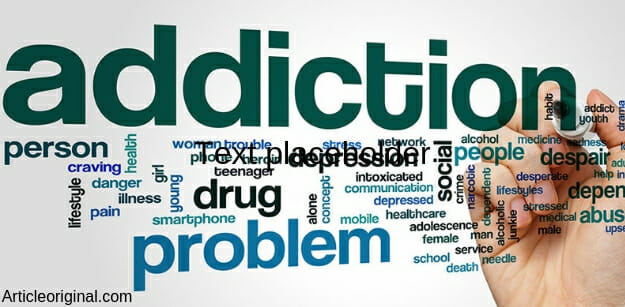
The relationship between celebrities and cocaine abuse is one that isn’t surprising anymore.
In the world of the arts, it is common for actors, artists, and writers, to go off the rails as a result of alcohol or drug addiction. It happens to even the most successful and creative people, just as much as it affects the newbies, who never have the chance to get their careers off the ground.
When we the consumers enjoy the art and products that they create, we don’t realize the process that went into their art.
Case in point, Stephen King, one of the most legendary and famed writers of the modern era by any standards. In an interview with Rolling Stone, King described his habit of abusing cocaine and alcohol that lasted all the way from 1978 to 1986. He kept on writing and publishing books throughout these years, but his intoxication made him believe that his products were subpar, driving him to work more on his craft and to consume the substances.
In 2012, Thomas Kincaid, a well-known artist of various cottage scenes, died. His death shocked millions of his fans and customers. How did he die though? By combining Valium and alcohol, both of which are respiratory suppressants.
It seems celebrities all over the world have become magnets for this type of life problem. A lot of them have been forced to go into rehab due to recurrent battles with substance abuse and the threat of losing their careers, but there’s no point in doing that.
Numerous celebrities have lost their lives to substance abuse over the years. Some names that come to mind include Prince, Marilyn Monroe, Michael Jackson, Corey Haim, Amy Winehouse and much more.
Most Abused Drugs in Hollywood
- Cocaine: Cocaine is a powerful stimulant that is highly addictive. Popularly known as blow, coke or crack it is usually snorted, rubbed on the gums, or injected into the bloodstream. People also smoke processed cocaine that looks like rock crystals; they inhale the vapor into their lungs. Six-Time Grammy award winner, Whitney Houston’s death in 2012, was shocking to everyone. The Los Angeles County Coroner ruled her death as accidental drowning; contributing factors were noted to be cocaine use and heart disease. Like Whitney Houston, many Hollywood celebrities have either died from or have been addicted to cocaine. The side attraction of cocaine to celebrities is that it reduces body fat, unlike alcohol that shows on the face and adds weight. Other stars like Oprah Winfrey, George Clooney and David Bowie have shed their experience with the deadly drug.
- Marijuana: Hollywood has a way of depicting marijuana as a recreational drug with no side effects. However, some celebrities have spoken about their struggle with marijuana. Despite the downplayed claims about marijuana’s addiction and effects, studies show that 30% of people develop a marijuana use disorder.
- Opioids: Illegal drugs like fentanyl, synthetic opioids, and pain relievers like hydrocodone/Vicodin, oxycodone, morphine, codeine, and many others are highly addictive substances known as Opioids. About 42,000 Americans died from an opioid overdose in 2016, which is five times greater than the amount since 1999. In recent years the death of Cory Monteith and Prince, among others caused an awakening to the dangerous effects of the illegal drug.
- Methamphetamine: Smoked, swallowed, snorted, or injected crystal meth, as it is popularly called is a powerful and addictive stimulant drug. It elevates dopamine levels, increases heart rate, blood pressure and body temperature. From damaged skin, to loss of teeth, this drug is powerfully toxic and does more harm than heroin and crack cocaine. People who inject the drug might contract HIV/Aids or hepatitis or suffer from collapsing veins.
- Alcohol: When the issue of drug addiction arises, most people tend to ignore the fatal effects of alcohol. Alcoholism is a chronic disease, that makes it difficult for people to control their intake, leading to abuse.
But, Why the Abuse?
Naomi Campbell once said that cocaine made her “feel invisible, like I could conquer the world. I was just completely overconfident (on cocaine). The more you take it, the more you want”. This might explain the correlation between celebrities and cocaine abuse, or any other drug for that matter. Other factors could include:
Genetics
Weird, but true. Genetics play a role in addiction, scientists warn. People who are born to mothers and fathers who were addicts have a higher chance of becoming drug dependent. For example,
Jack and Kelly Osbourne, children of Ozzy Osbourne a popular musician and addict, both suffered from OxyContin addiction.
Drew Barrymore, the granddaughter of John Barrymore, an actor who died of an alcohol overdose at 60. She’s also the daughter of John Barrymore, a poet, who was an alcoholic and used illegal drugs.
Drew began drinking at 9, started smoking marijuana 10 and took cocaine at 12. By 13, she had undergone rehab treatment twice. Drews half-sister, Jessica Barrymore also died in 2014 from possible drug misadventure.
Pressure
Some celebrities are often asked to act in a specific way, particularly when working with certain home studios. Judy Garland was given stimulant drugs by her studio to give her strength to finish her projects. She was later prescribed barbiturates to battle her insomnia. Garland abused narcotics and other substances until her death in 1969 of a barbiturate overdose.
The Trip to Recovery
Although some of the celebrities mentioned in this article have sobered up and are living drug-free, some others have died in their struggle to overcome their addiction to drugs.
Treatments for drug addiction, such a behavioral therapy and medications vary based on what the person is addicted to.
Medications like buprenorphine, methadone, naltrexone are available for people suffering from opioids and heroin addiction.
In 2017, the FDA approved a new electronic stimulation device, NSS-2 Bridge. This device reduces the symptoms of opioid withdrawal symptoms. It is placed behind the ear and remits electrical pulses to stimulate specific brain nerves.
Behavioral therapies are available for people with addiction to prescription stimulants. However, there are no specific treatments for drugs like these. There are two types of behavioral therapy programs:
Inpatient Rehab
This is a treatment program specifically for patients with severe addiction complications. It offers 24-hours licensed residential treatment facilities with intensive care, medical attention and safe housing.
Outpatient Rehab
This allows patients to live at home during their recovery process; they can continue working and live around family members. This might not be suitable for patients that can easily relapse. Hence, this is for people with mild addictions.

 English
English 


